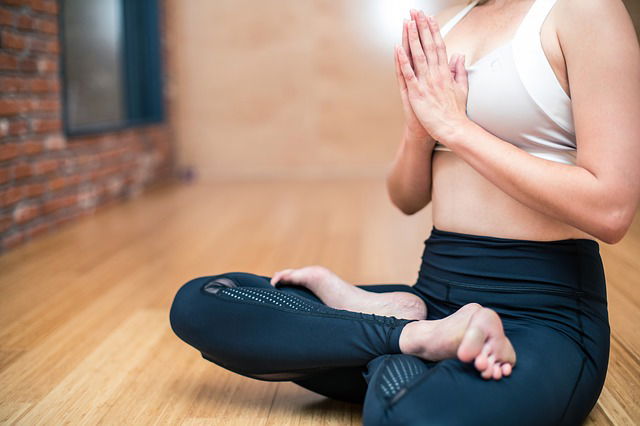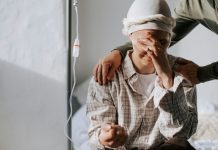
In a new study from Columbia University, researchers find that mind-body therapy can provide an effective method to help treat the very common problem of anxiety in adolescents.
Mind-body therapy includes, biofeedback, mindfulness, yoga and hypnosis.
Anxiety affects about 33% of US adolescents, with more than 8% experiencing severe impairment in daily activities.
Although anxiety is the most common mental health condition among adolescents in the United States, the current standards of practice for treatment are expensive, may be difficult to obtain, and potentially harmful.
In the study, the researchers reviewed and analyzed published research on mind-body therapy for anxiety in teens. They focused on the above four approaches.
They found that Biofeedback techniques enable people to increase self-awareness and physical control through feedback on biological measures.
The research has shown strong reduce in anxiety and stress in teens receiving heart-rate variability (HRV) monitoring and video game-based biofeedback.
Mindfulness techniques incorporate aspects of meditation, body scanning, and mindful breathing to help focus attention on the present moment and separate from negative thoughts.
Six published studies showed positive effects of mindfulness approaches for teens with anxiety.
Yoga is one of the most popular mind-body therapies, with positive physical and mental effects including reduced anxiety.
Compared with other methods, Yoga is low in cost, easy to implement, and accessible to individuals of all physical fitness levels.
Five published studies, including four randomized trials, reporting positive effects of yoga in school settings.
Hypnosis incorporates imagery and relaxation techniques to help control stress responses.
Three published studies showed hypnosis techniques could reduce stress in adolescents.
The researchers suggest that mind-body therapy can be an important part for strategies that reduce teens’ anxiety.
However, financial constraints, lack of education, and structural barriers can hinder the integration of these practices into primary care.
The authors include Bernadette Fulweiler RN, MSN, CPNP-PC, and Rita Marie John DNP, EdD, CPNP-PC, DCC, of Columbia University School of Nursing, New York.
The study is published in The Nurse Practitioner.
Copyright © 2018 Knowridge Science Report. All rights reserved.
Follow Knowridge Science Report on Facebook and Twitter.
Figure legend: This Knowridge.com image is for illustrative purposes only.
Journal reference: Bernadette Fulweiler et al. Mind & body practices in the treatment of adolescent anxiety, The Nurse Practitioner (2018). DOI: 10.1097/01.NPR.0000541466.08548.67



